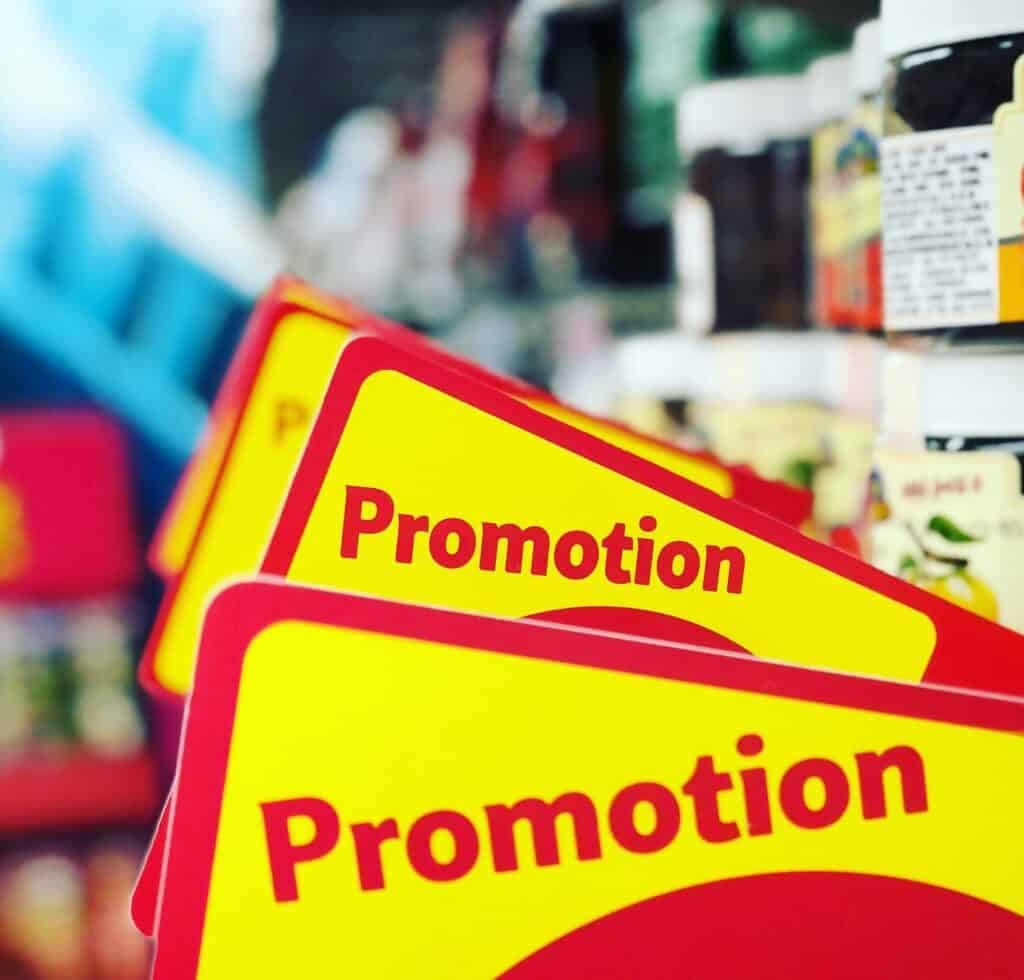The marketing mix is often referred to as the ‘4 Ps’, i.e. product, price, place and promotion. To meet customers’ needs a business must develop products to satisfy them, charge the right price, get the goods to the right place, and it must make the existence of the product known through promotion.

The Marketing Mix – Product
Must meet customer requirements whatever these might be. For example, an important aspect is function – products should do what they say they can do and what they are expected to do. For example, Audi cars are popular because of their high performance.
Appearance is also important. This is why for example, consumers are prepared to pay premium prices for some of Gillette‘s razors.
The Marketing Mix – Place
Roughly one-fifth of the cost of a product is spent getting it to consumers. Of course, the actual figure varies widely from product to product but generally, distribution is a very important element in the marketing mix.
Different organisations use different approaches to reaching their customers. For example, McDonald’s uses a franchising system enabling it to operate in a wide variety of geographical locations, and Amway distributes through Independent Business Owners worldwide.

The Marketing Mix – Promotion
Is the process of communicating with customers. For marketing purposes, communication of products and services contributes to the persuasion process to encourage consumers to avail themselves of whatever is on offer.
The key processes involved in the promotion, include:
- branding – creating a distinctive image and character to an organisation/and or its products and services
- advertising – to inform and persuade the public
- packaging – presenting the product in a desirable and appropriate way
- public relations activities and other forms of publicity
- sponsorship
- special promotions – e.g. buy one get one free.
The Marketing Mix – Price
Needs to be relevant to the product/service and the market. For example, BIC the manufacturer of razors, pens and lighters seeks to provide the world’s markets with products at affordable prices.
A firm’s pricing decision is often aimed at attracting a particular market segment. For example, if it wants to sell at the top end of the market it will charge a high price, at the bottom a low price, and so on.
Pricing strategies
Pricing strategy is an important part of the marketing mix. The price of a product should reflect its image and the need to give a consumer what they want. For example, upmarket products are associated with premium prices.
There are a number of popular pricing techniques to choose from:
- Cost-plus pricing. A common way to make pricing decisions is to calculate how much it costs to do a particular job or activity, and then add on a given percentage as a return for the job or activity. This is sometimes known as mark-up. For example, a business may decide that it will cost £100 to do a small repair job on a car, including parts, labour, use of premises, equipment, etc. The business works on the basis of making a return of 20% on all the work that it does. It, therefore, charges the customer £120.
- Hour-based pricing. Many small businesses are able to work out what their typical costs are for every hour of work they do, e.g. for gardening, sign writing, photography, etc. The business owner is then able to charge a standard rate per hour.
- Penetration pricing. When a firm brings out a new product into a new or existing market, it may feel that it needs to make a lot of sales very quickly in order to establish itself and to make it possible to produce larger quantities. It may therefore start off by offering the product at quite a low price. When market penetration has been achieved, prices can be raised.
- Skimming. When you bring out a new product, you may be able to start off by charging quite a high price. Some customers may want to be the first to buy your product because of the prestige of being seen with it, or because they want to be associated with your product before anyone else.
An exclusive dress could be sold initially at an exclusive price to wealthier customers. The next season, the price could be lowered making it accessible to a less wealthy group of customers. Later on, the dress could be mass-produced and made available at low prices to the mass market.
A premium price is an exclusive price charged for upmarket products.
The marketing mix for a bank account might include:
- the product/service itself – the account and what the customer can do with it – e.g. overdraft facilities, direct debit payment etc
- the place – either online/ over the telephone or in a physical location
- the promotion – for example, attractive offers to students who open an account when first going to universities such as an interest-free loan, or money to buy books
- the price – the rate of interest paid on positive balances and charged on negative balances.
The marketing mix 4 Ps – Product, Price, Place and promotion make up the marketing mix. Each of these elements should be designed to meet customer needs and requirements.
